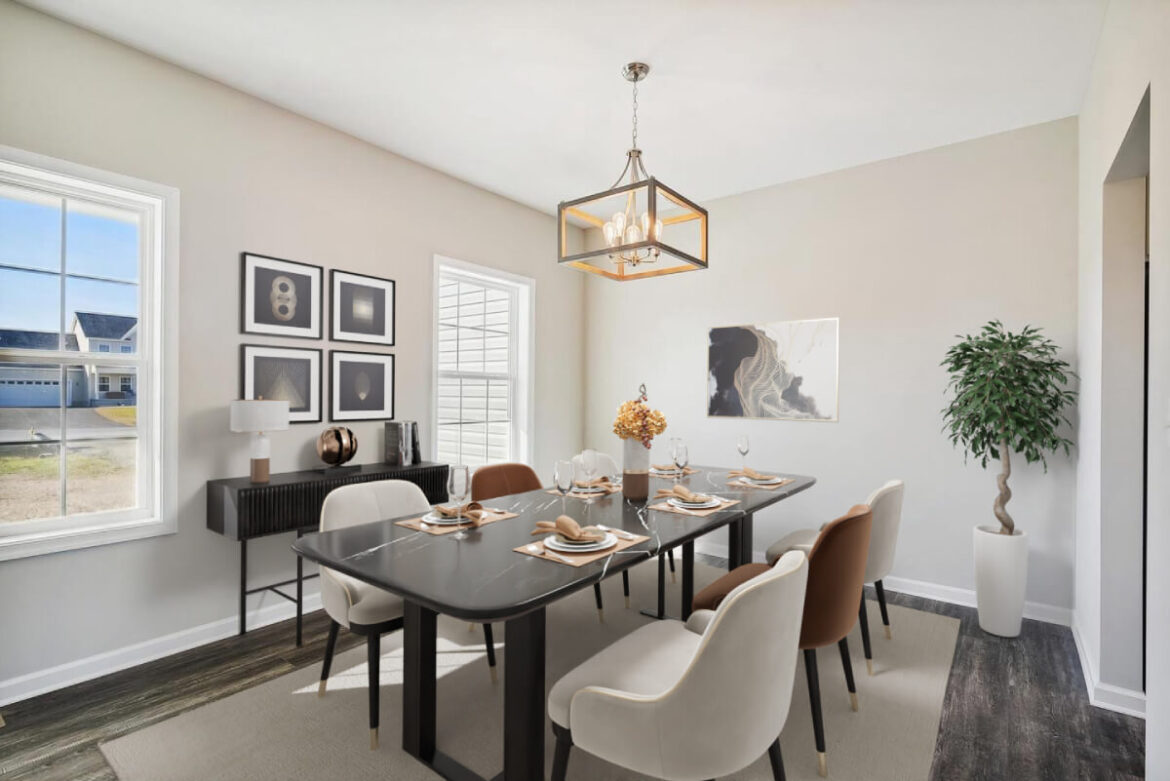Contemporary style refers to the most recent and fashionable designs. It combines simple silhouettes, textural fabrics, and endless possibilities to evolve into an ever-changing yet elegant, livable style. This style is inviting and comfortable without being cluttered or dark.
Contemporary interior design is frequently confused with modern design, but it has been a fluid trend continuously evolving since the 1970s. This style draws inspiration from various styles, such as modern, minimalist, bohemian, and rustic, and integrates them to create a unique and cohesive look. This style focuses on clean lines, minimalism, and neutral colors, making it a popular choice for real estate agents and home sellers looking to showcase their property elegantly.
This article will explore the various elements of contemporary style in virtual staging and how they can be used to create stunning and compelling images for real estate marketing.
Table of Contents
Origin of Contemporary Style
The roots of contemporary style can be traced back to the mid-20th century when modernist architects and designers began to reject traditional designs and embrace a more functional and streamlined aesthetic. This led to the creation of mid-century modernism, characterized by simple, geometric forms and smooth surfaces and an emphasis on functionality over decoration. Following the midcentury modern trend, contemporary design emerged.
Beginning in the 1970s, the style was seen as a combination of several popular styles, such as modernism, postmodernism, and Art Deco. Gradually, the term contemporary started to acquire its definition. The contemporary style continued to evolve throughout the 20th century, integrating new materials, technologies, and cultural influences. This style was more extensively recognized and valued by designers, architects, and homeowners worldwide throughout the 1980s and 1990s.
Contemporary style is often employed to achieve a stylish and sleek appearance, and it has changed through time to incorporate many components reflecting current trends and preferences. Because of its timeless appeal and ability to adapt to changing trends and tastes, contemporary style is a common design approach seen in everything from furniture and architecture to fashion and graphic design.
Interior designers frequently employ the contemporary style to create minimalist yet inviting, functional, and fashionable spaces. It typically features a neutral color palette, with pops of bold color used sparingly to create contrast and visual interest.
Contemporary style in virtual staging embraces a modern and functional aesthetic that reflects our changing lifestyles and values. It is a flexible and timeless approach that continues to evolve and inspire designers around the globe.
Contemporary Style in the 21st Century
Contemporary style has continued to evolve and adapt to homeowners’ changing needs and tastes in the 21st century. Today, contemporary design is characterized by a focus on simplicity, functionality, and sustainability. In contemporary styles of the 21st century, neutrals, black, and white are the primary colors; black is used to ground and define a space, while vibrant and bold colors play against neutrals.
Simple neutral walls serve as a background for bold items. Trims should be neutral if walls and windows are painted in pastel colors. Also, neutrals should be utilized everywhere if a wall is painted a bright, bold hue. Technology has played a significant role in shaping contemporary design in the 21st century. With the rise of smart homes and home automation systems, designers integrate technology seamlessly into interior spaces.
The lines are a most prominent and distinctive element of a contemporary style in the 21st century, so you should take advantage of structural elements. The space on walls, between furniture, and in upper areas becomes as significant as the areas containing objects. To draw the eye, paint these architectural elements in vibrant, contrasting hues or combine them with the walls.
Another trend in the contemporary style is open floor plans and flexible living spaces. This feature can help Homeowners who seek spaces that can easily be adapted to their changing needs and lifestyles, such as home offices, workout spaces, and entertainment areas.
In this style, furniture should be simple and uncluttered, with natural textiles such as wool, cotton, linen, silk, and jute to add textural appeal. Typically, upholstered furniture is attired in black, white, or other neutral tones, and cushions with geometric forms to add color and texture. Floors in contemporary homes should be bare and smooth, made of wood, tile, or vinyl. Track lights and recessed lighting are very often employed in this style.
Contemporary style in virtual staging is a popular choice for real estate marketing as it can showcase a property in a sophisticated and modern way. This creates a visual representation of what the property could look like if it were furnished and allows potential buyers to visualize themselves living in the space.
Characteristics of Contemporary Style
Contemporary style is characterized by distinct elements creating a modern, clean, and sophisticated aesthetic. Let’s examine these elements one by one.
Clean lines
The contemporary design emphasizes simple, clean lines that create a sense of order and organization in a space. This can be achieved through straight edges, geometric shapes, and minimal ornamentation.
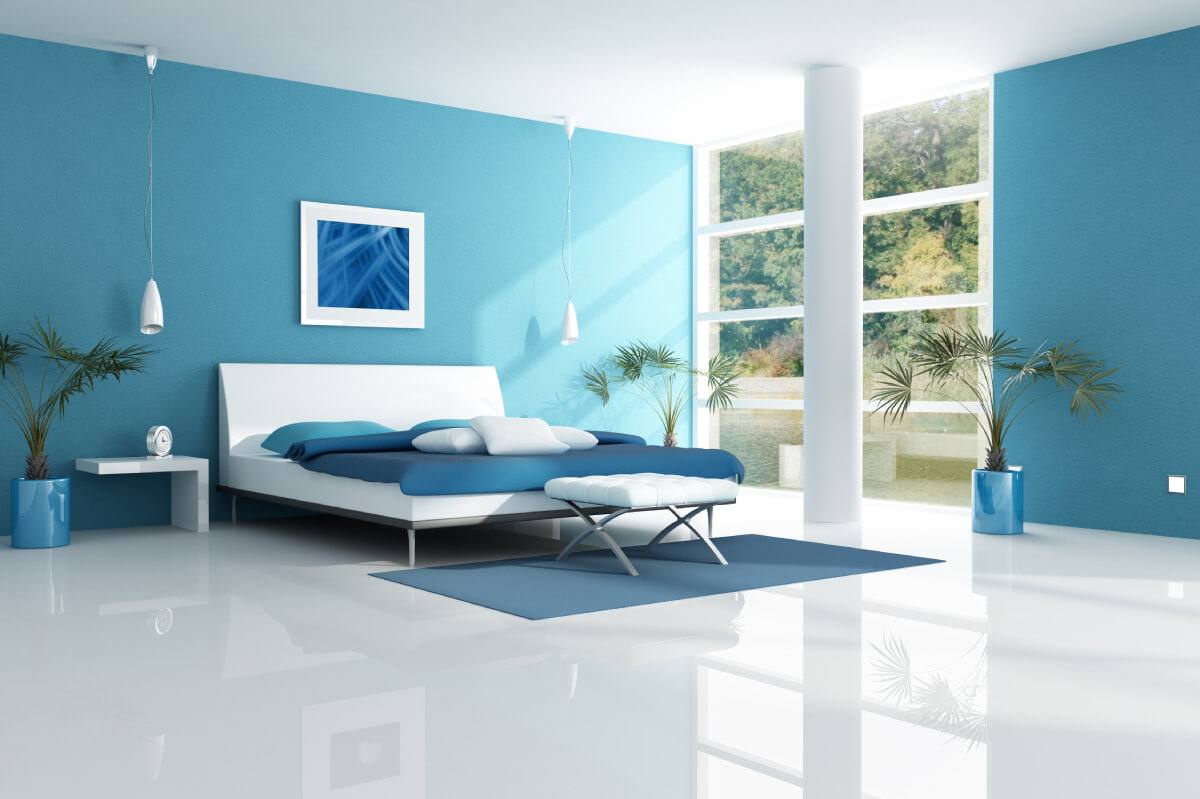
Neutral colors
Contemporary design often features a neutral color palette, such as white, gray, beige, and black. These colors create a calming, uncluttered feel and provide a blank canvas for bold accent pieces or artwork.
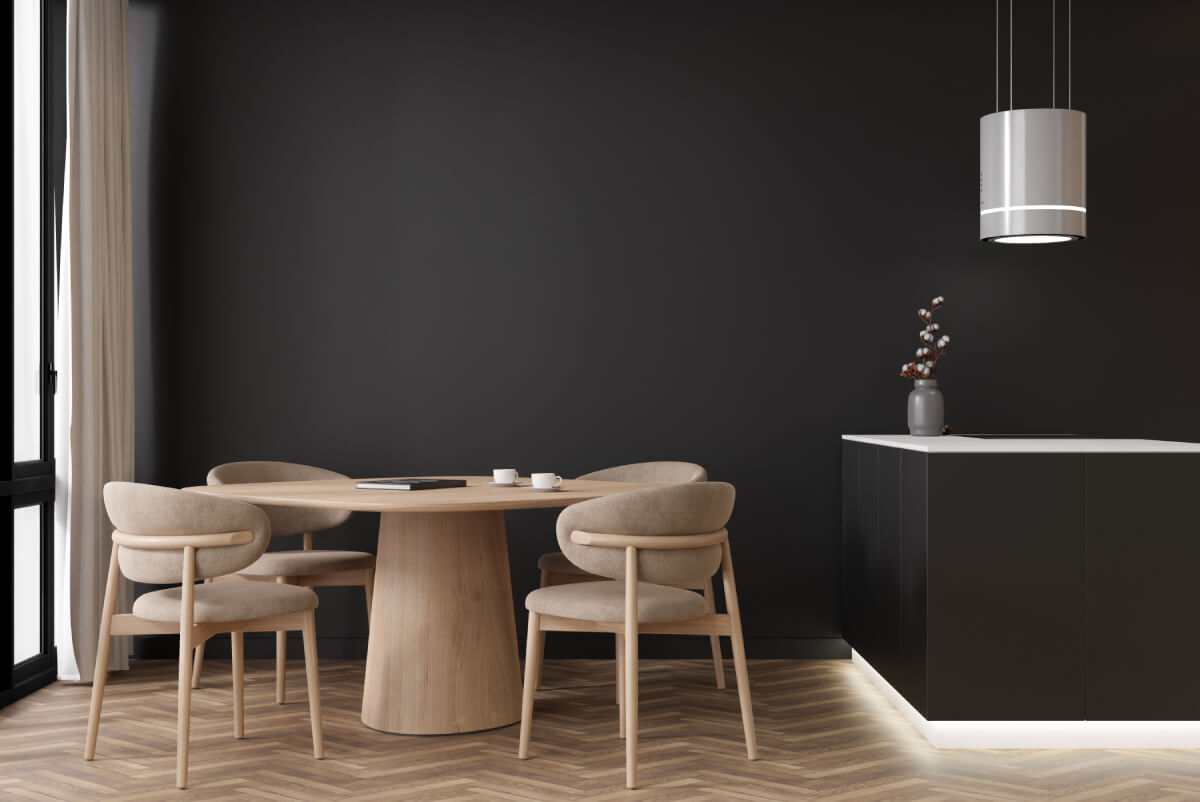
Minimalism
Contemporary style is all about simplicity and minimalism. This means that unnecessary clutter and decoration are avoided in favor of clean, uncluttered spaces.
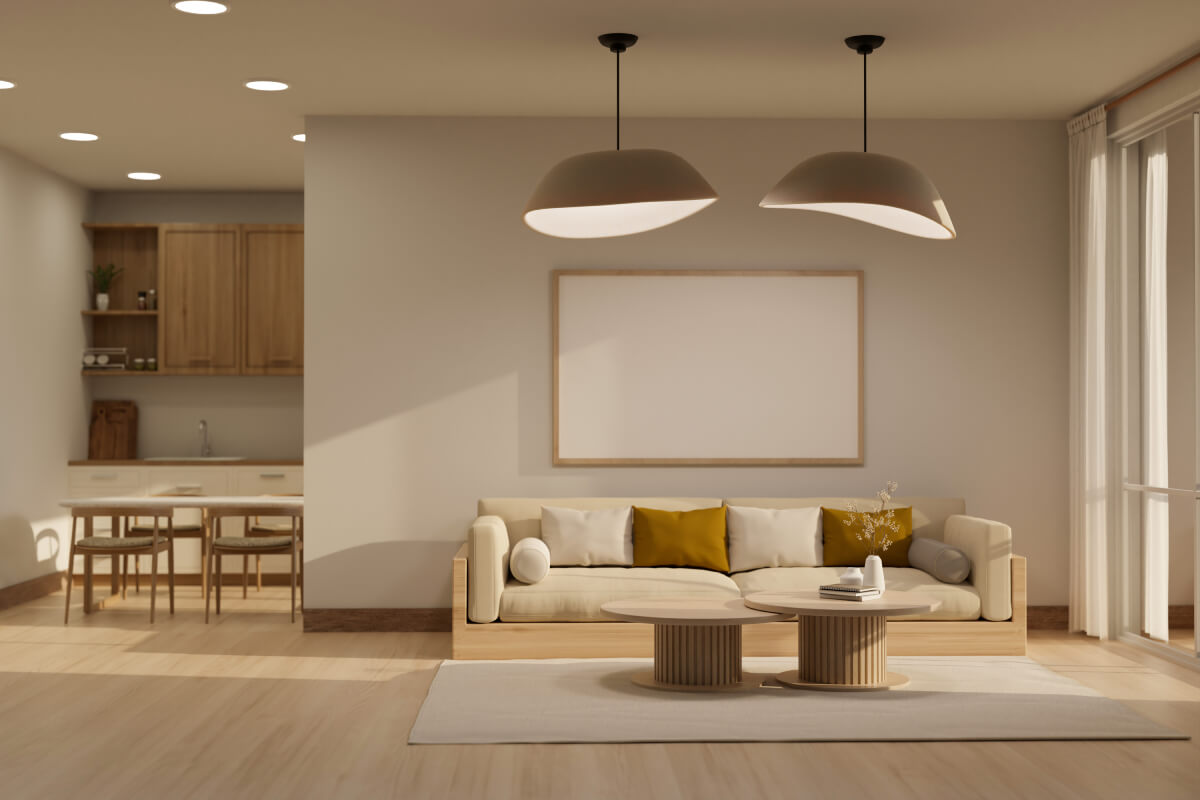
Natural materials
While contemporary design often features synthetic materials like glass and metal, natural materials such as wood, stone, and leather can add warmth and texture to a space.
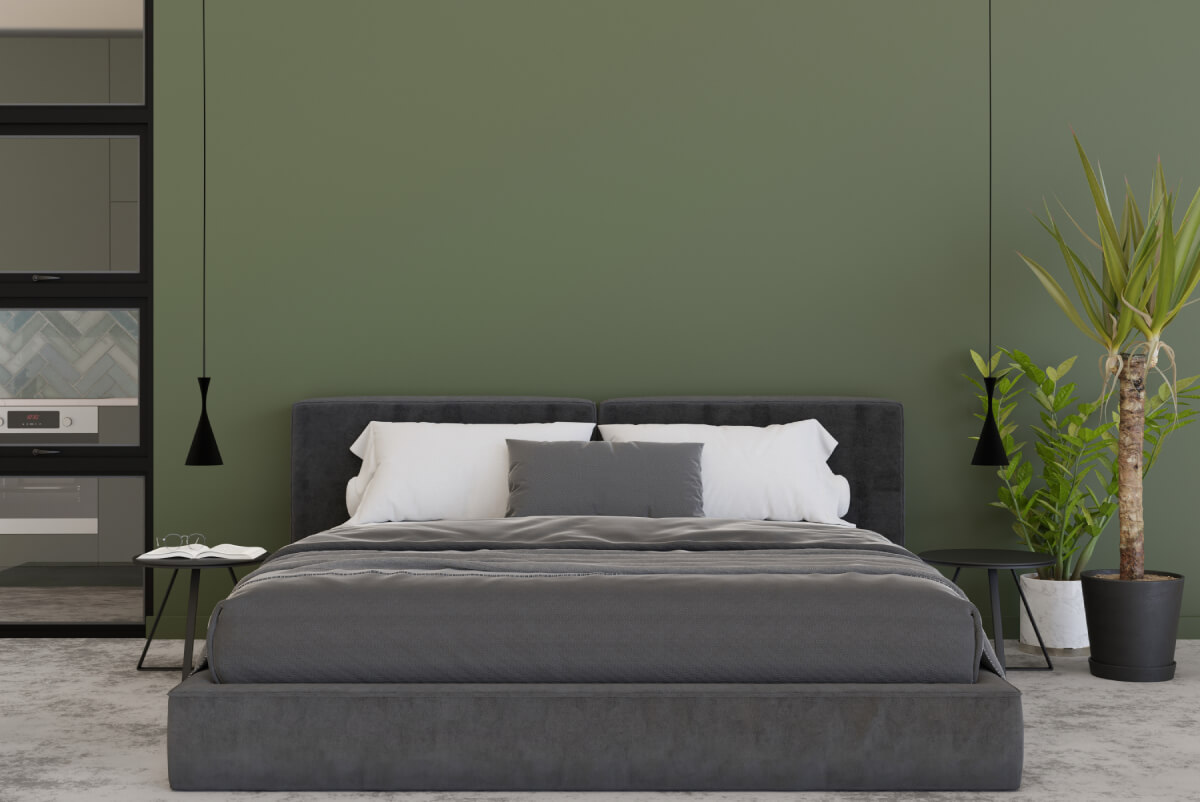
Bold accent pieces
Contemporary design often incorporates bold accent pieces to add visual interest and personality to a space. This can include bright artwork, colorful rugs, or unique lighting fixtures.
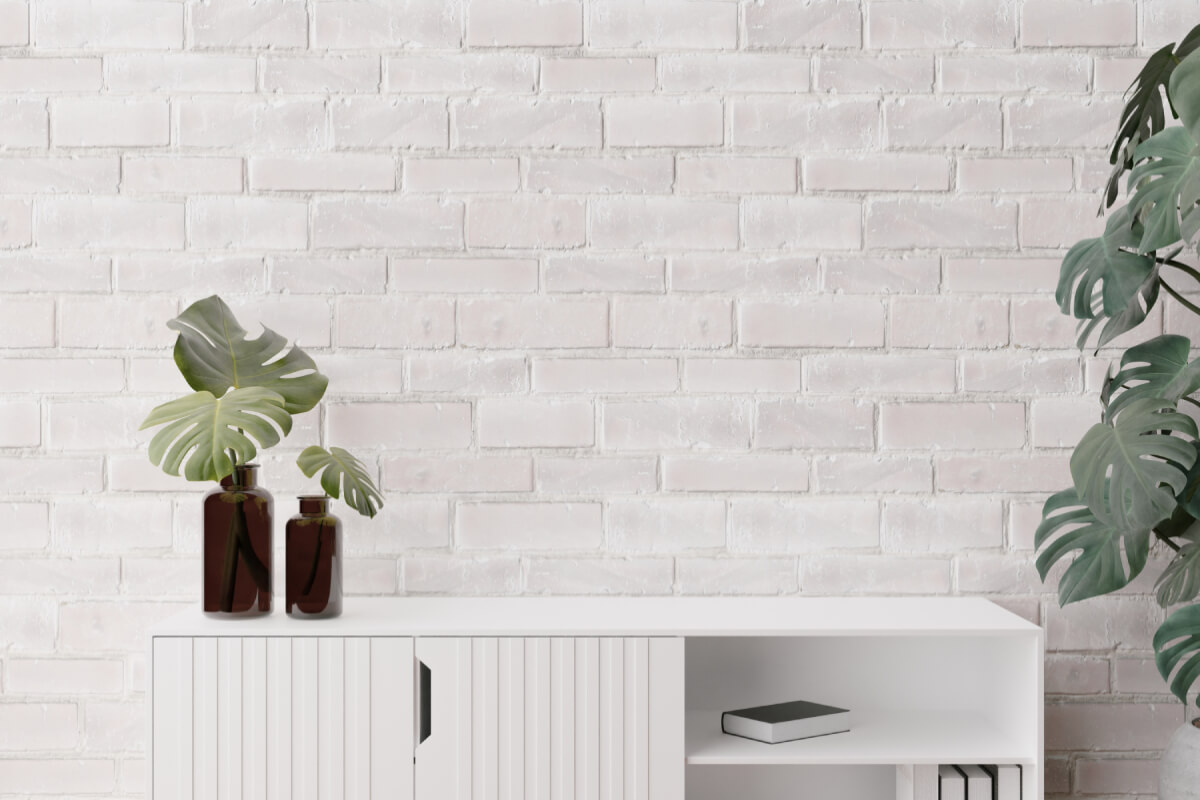
Functionality
As mentioned above, functionality is one of the most critical components of the Contemporary Style. Contemporary design is all about creating spaces that are both stylish and functional. This means furniture and decor should be chosen considering aesthetics and practicality.

Technology
As technology continues to shape our lives, it has become an increasingly important element in contemporary design. Innovative home technology, such as automated lighting and temperature control systems, can seamlessly integrate into a contemporary space to create a more convenient and efficient living experience.
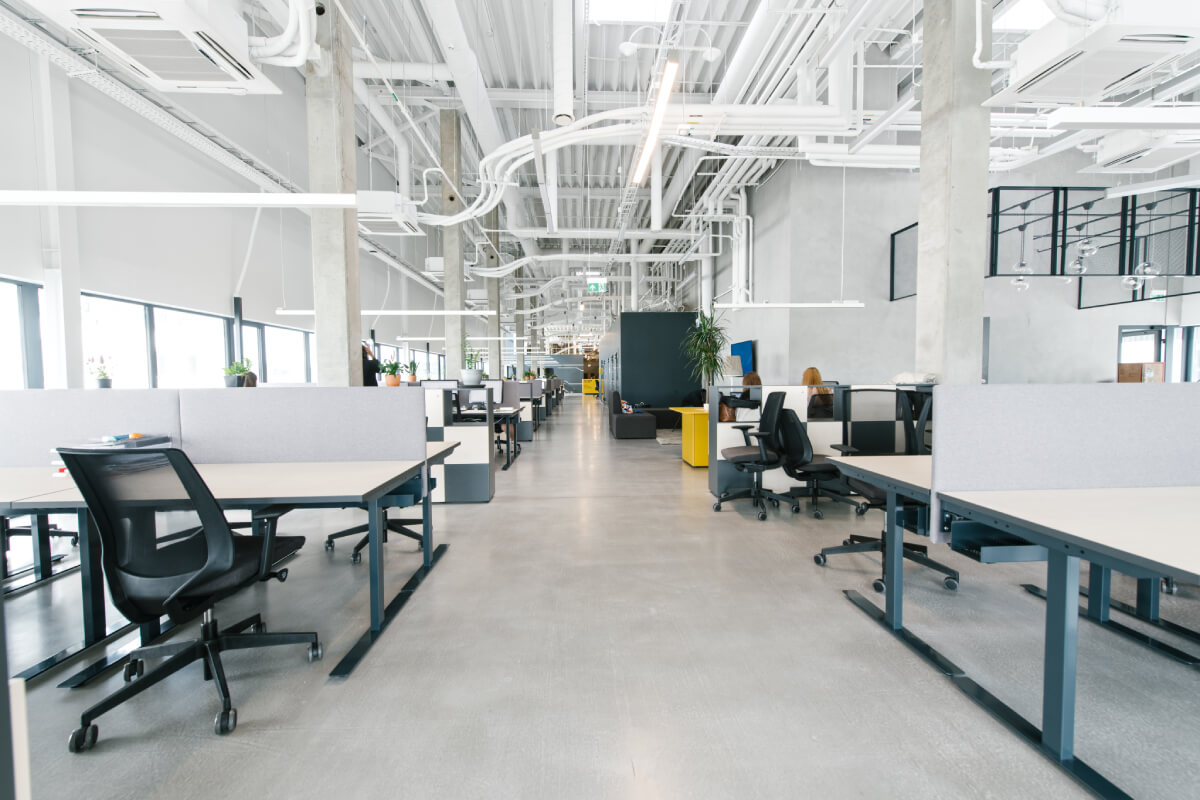
Virtual Staging with Contemporary Style
Contemporary style in virtual staging has become increasingly popular in real estate marketing, as it can showcase a property in a modern and sophisticated way. Using digital tools and software, designers can create realistic images of homes with contemporary design elements. This allows potential buyers to visualize themselves living in the space and can help increase a property’s value.
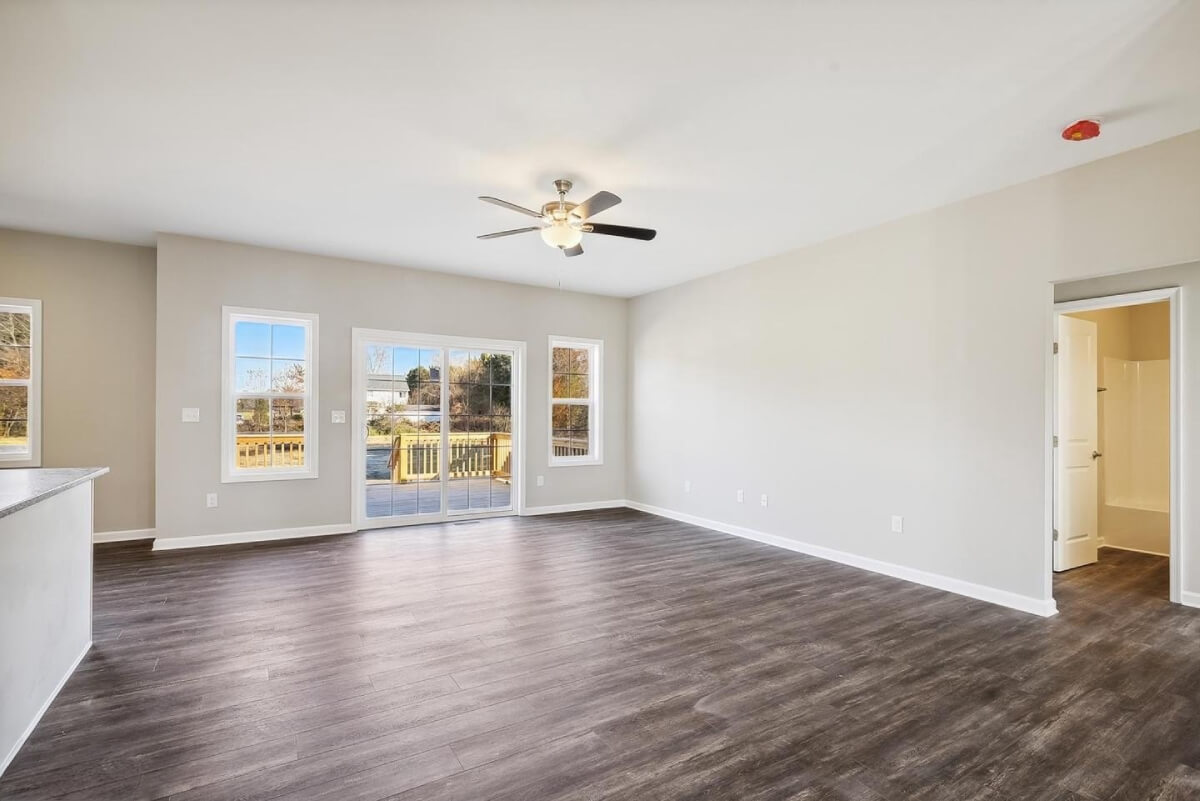
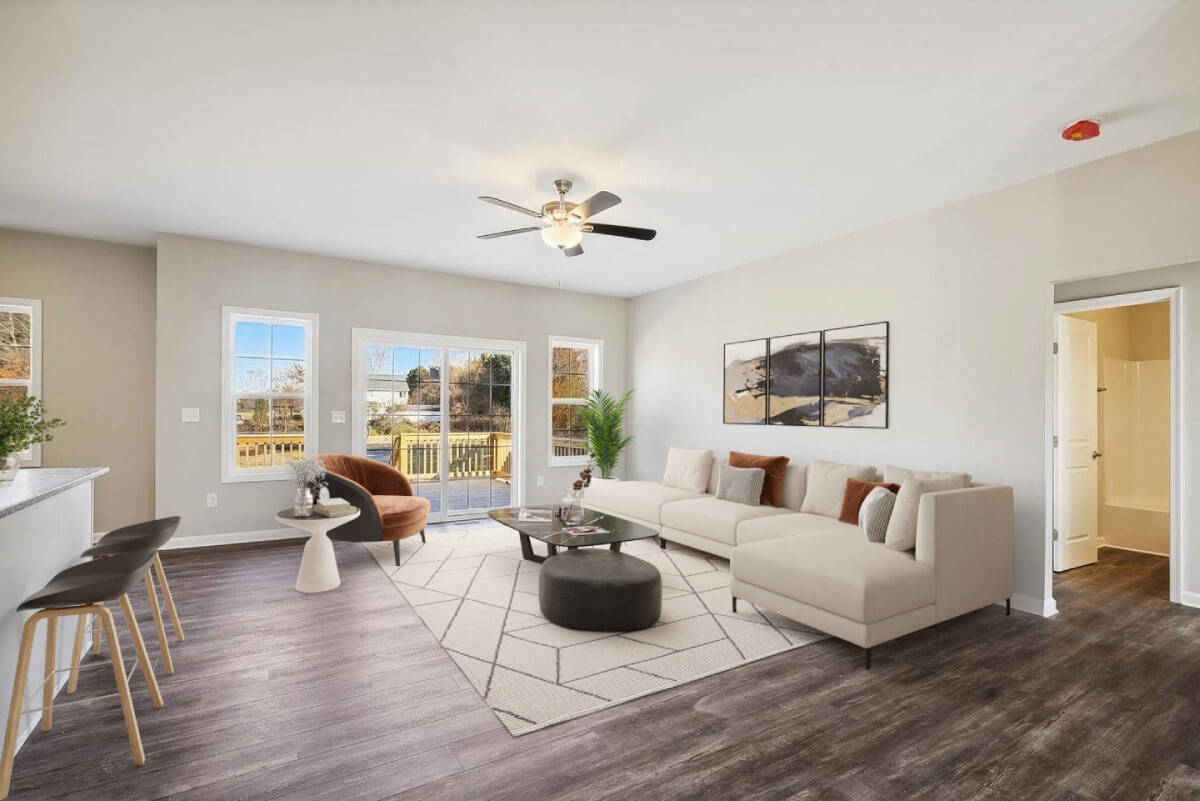
To order Virtual Staging at an unbeatable price click below!
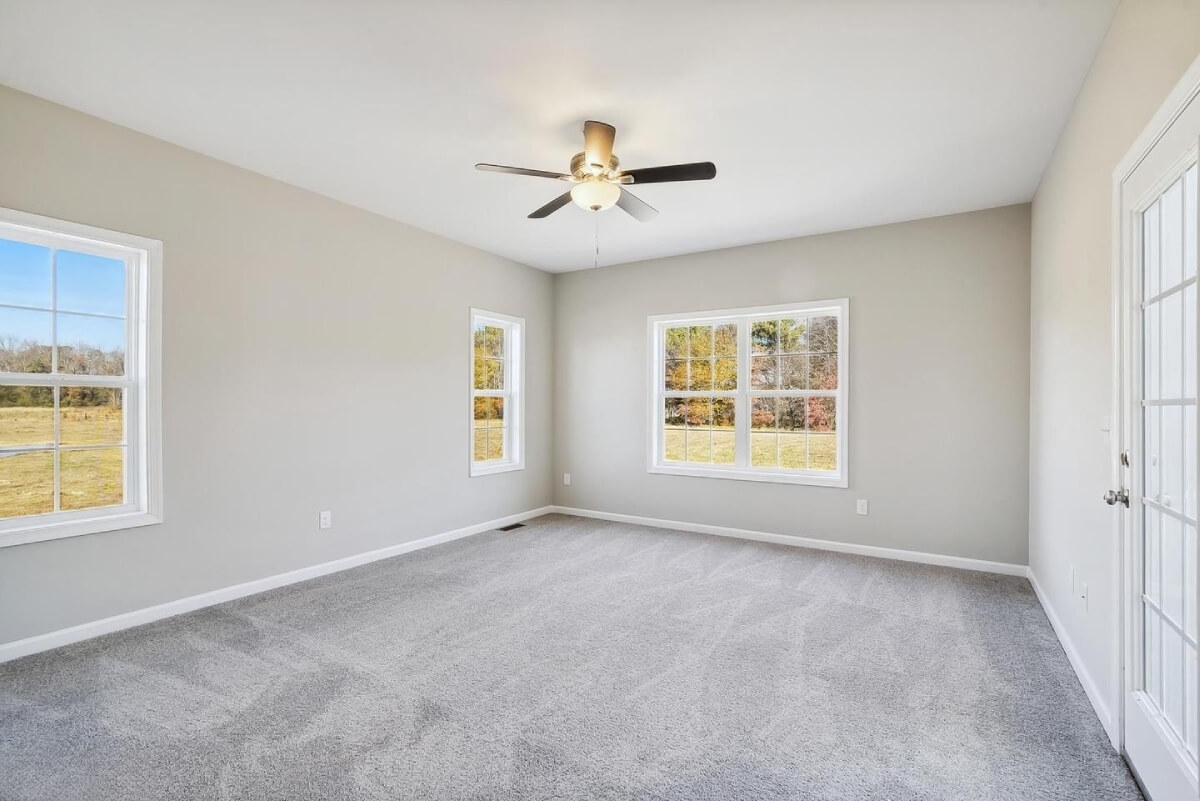
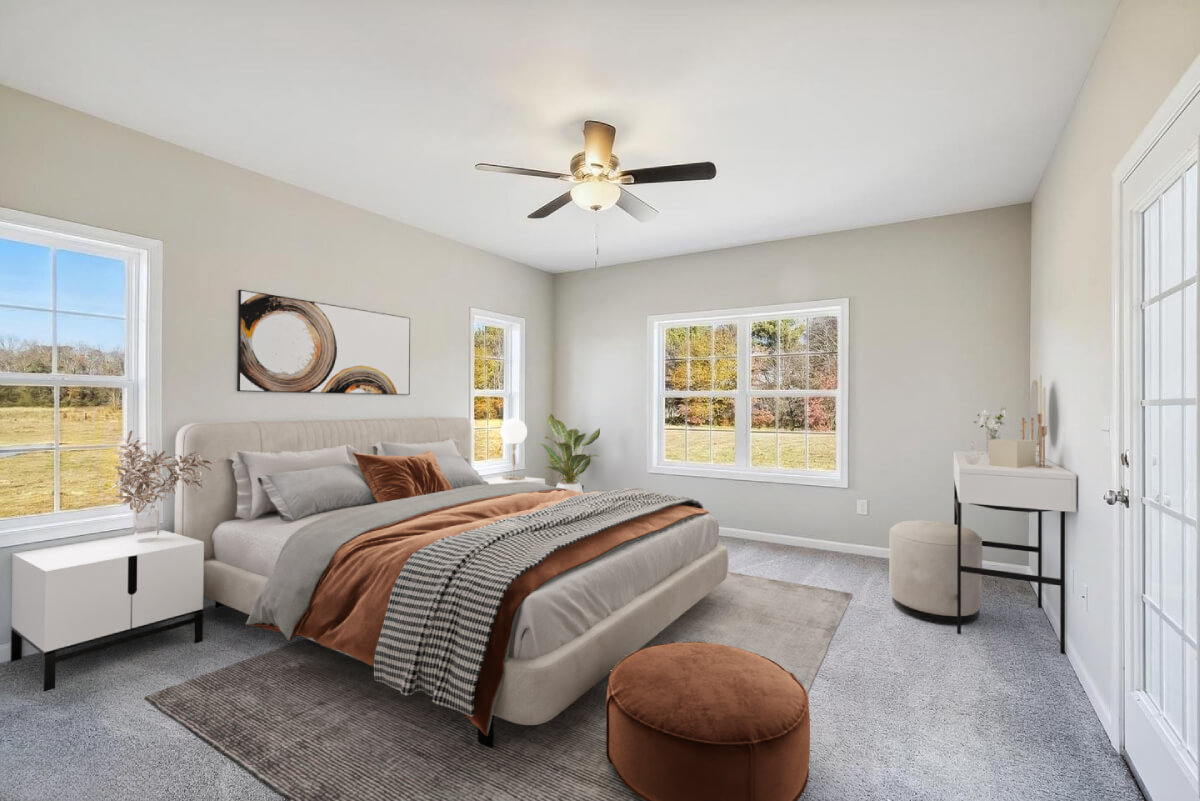
To order Virtual Staging at an unbeatable price click below!
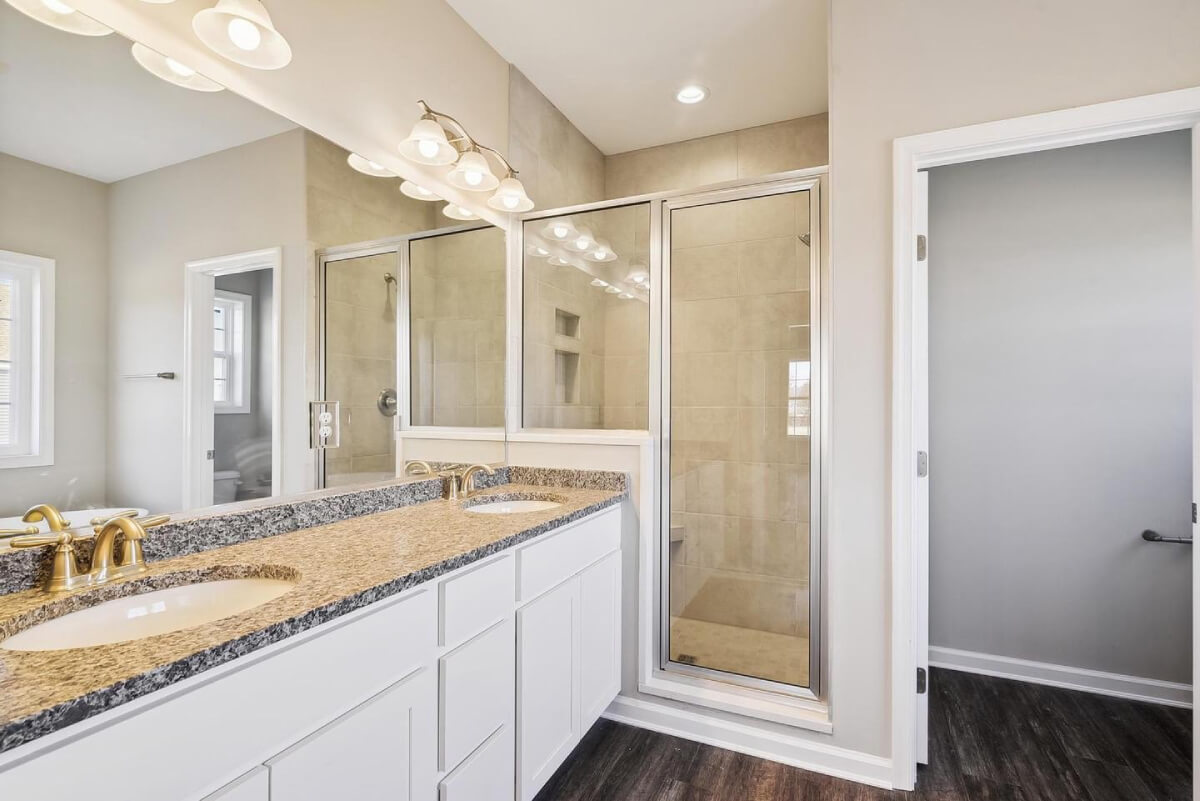
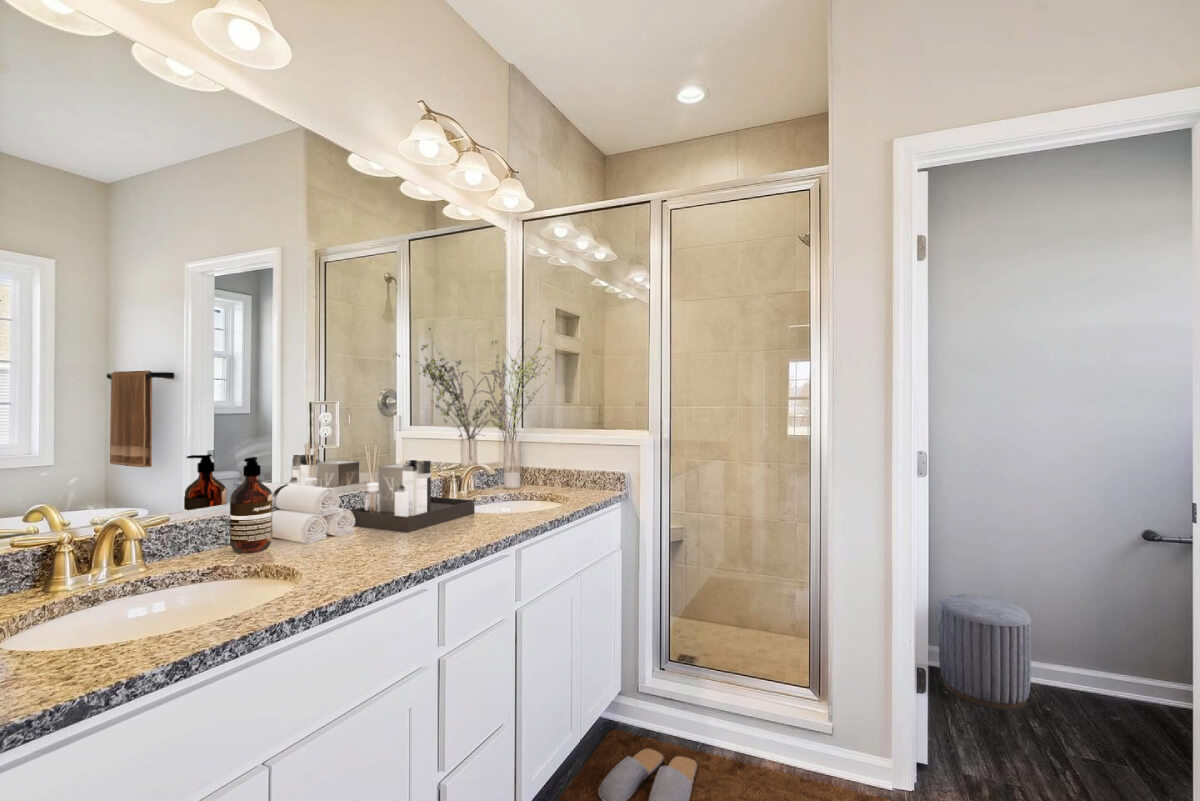
To order Virtual Staging at an unbeatable price click below!
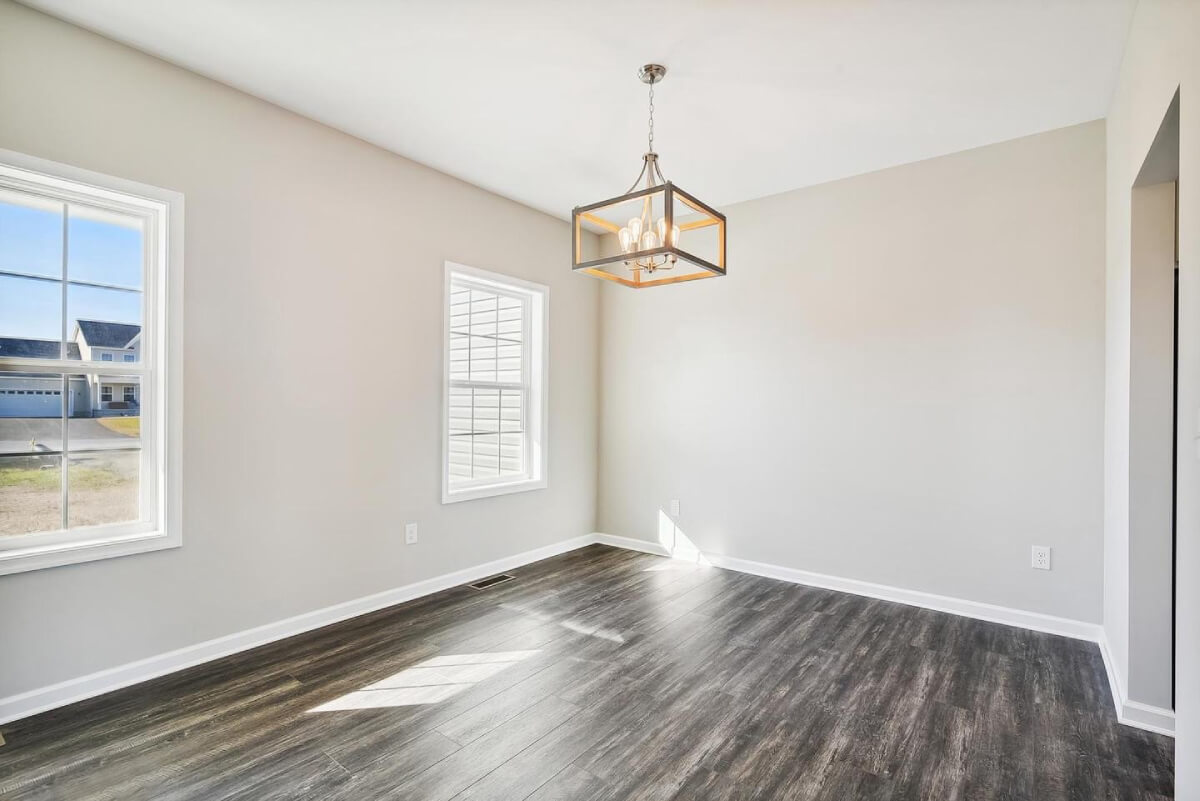
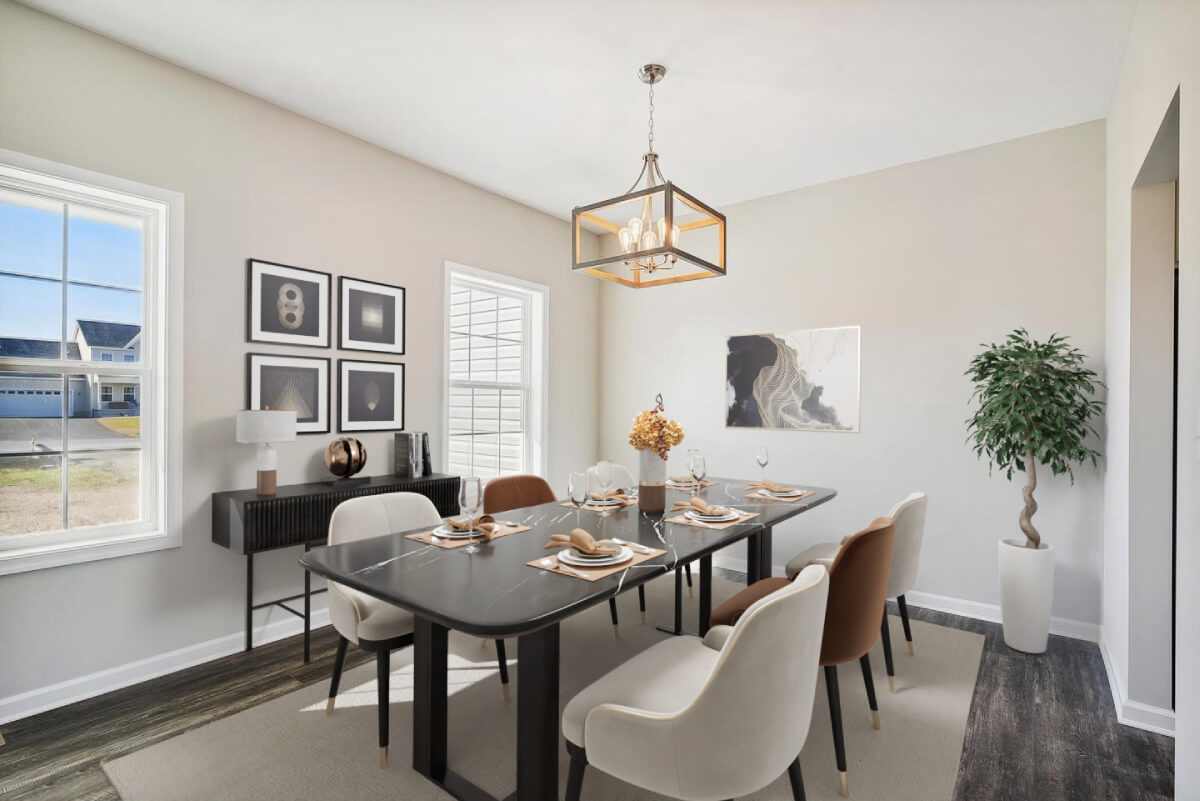
To order Virtual Staging at an unbeatable price click below!
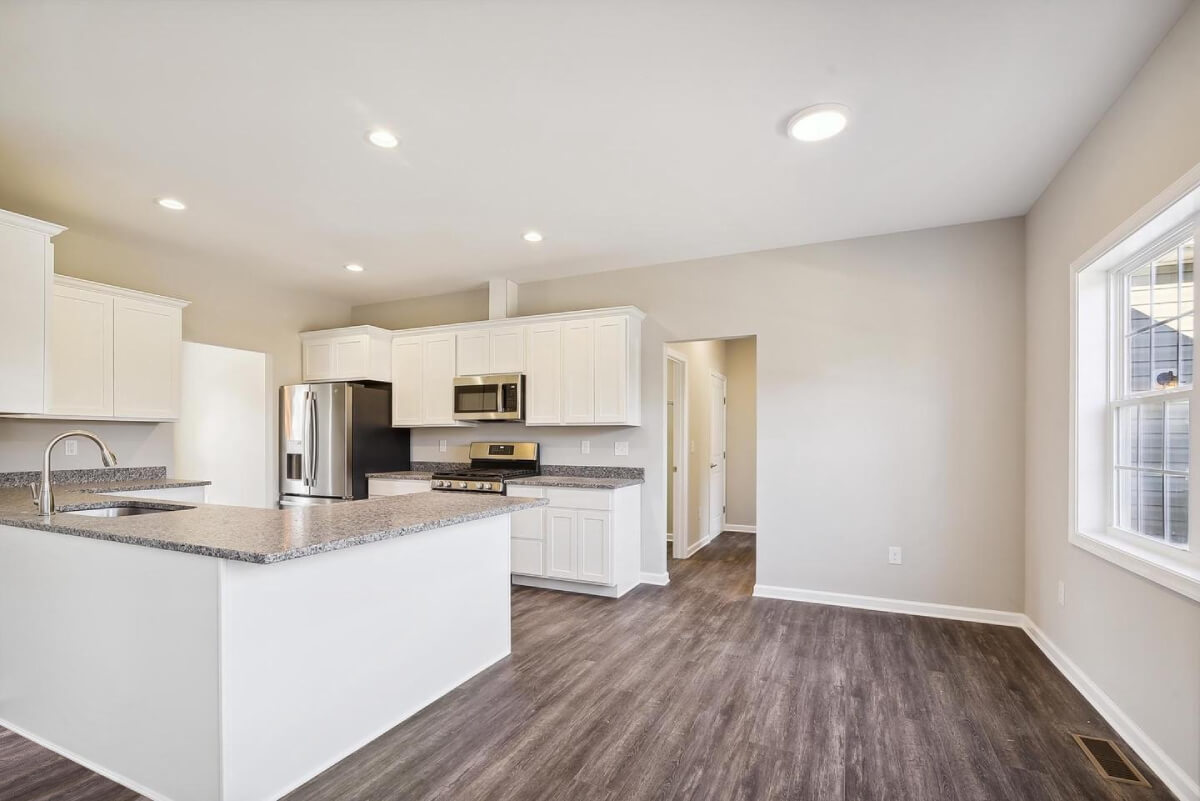
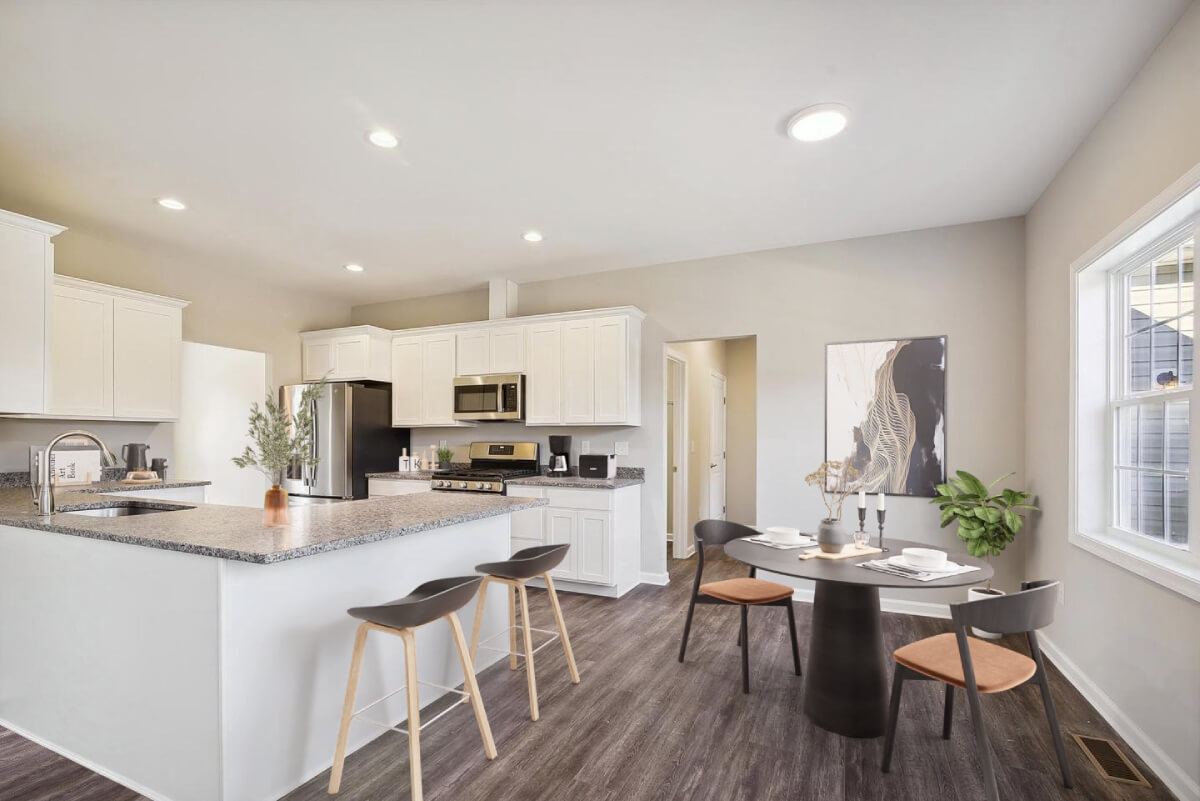
To order Virtual Staging at an unbeatable price click below!
Flat panel door cabinets inspired by current technology and previous designs provide a clean, beautiful aesthetic. Appliances are incorporated into the cabinets to avoid seeming out of place in the kitchen.
When to Use the Contemporary Style?
Thanks to its clean lines, minimalism, and sophistication, contemporary style has gained a significant following among homeowners and designers alike. This style is excellent for creating a modern, stylish, uncluttered space.
Here are a few characteristics of homebuyers who might be attracted to the contemporary style:
Minimalists
Contemporary style often appeals to those who appreciate a minimalist aesthetic, with clean lines and a focus on functionality over excess.
Tech enthusiasts
The sleek, modern look of contemporary style can be a great match for those who love technology and appreciate high-tech appliances and gadgets.
Young professionals
Contemporary style can appeal to young professionals who want to create a sophisticated, modern space that reflects their professional status and taste.
Art collectors
The neutral color palettes and clean lines of contemporary style can be an ideal backdrop for displaying art and other collectibles.
Urban dwellers
Contemporary style can be a perfect match for those who live in urban areas, where space may be at a premium, and a minimalist approach can help to create a sense of openness and light.
Final Word
Using Contemporary style in virtual staging can be a powerful tool for transforming a home’s interior spaces. By focusing on clean lines, neutral color palettes, and minimalism, designers can create visually striking and highly functional rooms, increasing the value of a property. Virtual staging with a contemporary style can also showcase a property’s potential and help prospective buyers envision themselves living in the space.
FAQ
Contemporary and modern styles are often used interchangeably in interior design but have some key differences. Clean lines, minimalism, and a focus on functionality over ornamentation characterize the modern style. On the other hand, contemporary style refers to the design trends of the present day, which a range of different design movements and styles can influence. Contemporary style often incorporates modern design elements and includes other influences such as postmodernism, art deco, and minimalism. Contemporary style tends to be more fluid and adaptable than modern style and can incorporate a broader range of materials and textures.
To balance contemporary style and the existing architecture and design elements of a property, you should create a cohesive design that respects the property’s architectural style and incorporates contemporary elements deliberately. This can be achieved by:
- Assessing the existing architecture and design elements of the property
- Choosing contemporary furnishings and decor
- Balancing the use of contemporary elements with more traditional or classic pieces
- Incorporating colors, textures, and patterns that harmonize with the existing design elements
- Be mindful of the scale and proportion of contemporary elements concerning the existing architecture and design elements.
Contemporary style appeals to those who appreciate a minimalist aesthetic, tech enthusiasts, young professionals, art collectors, and urban dwellers. For minimalists who want to avoid detailed patterns and a heady mash-up and those who want to create a simple and lovely atmosphere by altering the décor while emphasizing a room’s architectural features, contemporary design is appropriate. It also has neutral color palettes and clean lines, making it an ideal backdrop for displaying art and other collectibles.


